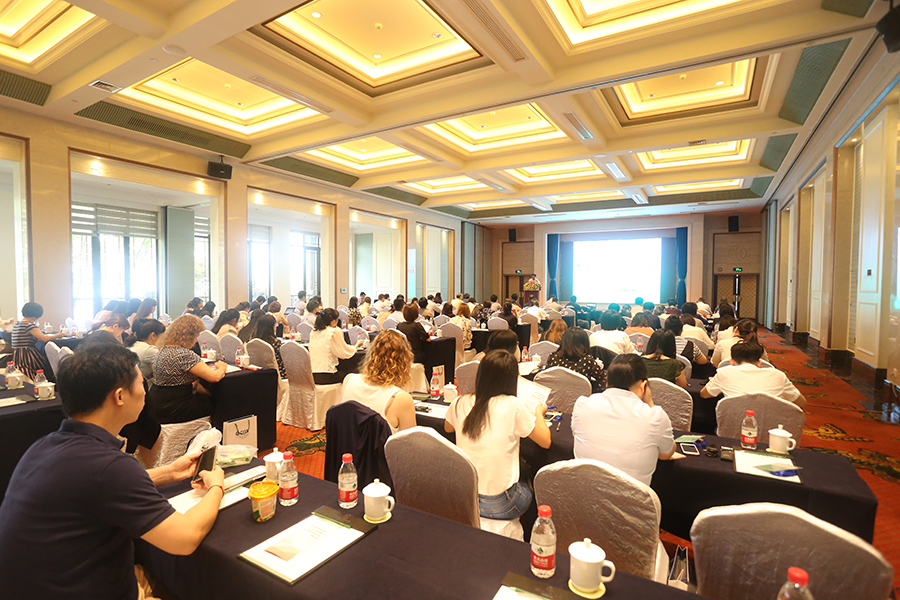
On June 21-22, the 4th Summit Meeting on Cosmetic Regulations in Asia Pacific, sponsored by the China Association for Consumer Product Quality and Safety Promotion (CACPQSP) and co-organized by Chemical Inspection and Regulation Service Limited (CIRS) was successfully held in Hangzhou. Over 120 companies and business representatives who came from the U.S. embassy commercial office in China, Canada commercial office in Hangzhou, Zhejiang Food and Drug Administration, Hangzhou Customs, Zhejiang Province Center for Disease Control and Prevention, Market Supervision Administration of Zhoushan Municipality, Ningbo Inspection and Quarantine Technology Center, Estee Lauder, Louis Vuitton Moet Hennessy, Procter & Gamble, Henkel, Johnson & Johnson, Shiseido, LG, Amorepacific, Kose, Unilever, Victoria’ s Secret, Aesop, Ego, Bioderma, Symrise AG, Dow, GlaxoSmithKline, IFF, Givaudan, Sephora, Yunnan Baiyao, Intercos, Inoherb attended the meeting where they actively spoke and asked questions, and had gained a lot from the summit.
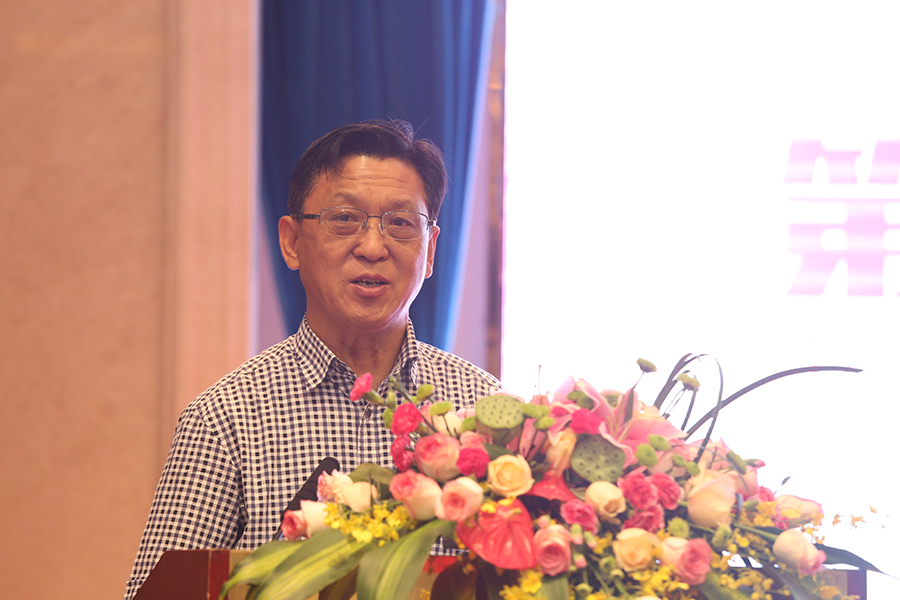
Mr. Tiefu Wang, the vice director of CACPQSP, did the opening speech where he indicated that the production and sales of cosmetics in China have continued to grow, and many international famous brands have also taken the Chinese market as the main sales destination in recent years. According to the survey, due to the change of consumption idea and habits, upgrading of consumption, increase in consumption population, diversification of marketing channels and other factors, China's cosmetics industry will continue to maintain the stable growth in the coming years. The total retail consumption of cosmetics in 2017 is 251.4 billion yuan, up to 13.5% of year-on-year growth rate. It is estimated that the market scale will reach 485.86 billion yuan by 2021, and the annual compound growth rate from 2016 to 2020 is 7.8%. Cosmetics leading enterprises will benefit more due to the industry growth and innovation while consumers are opened to more choices of products. In the face of the rapid development of the cosmetics market, the Chinese government has issued a series of detailed cosmetics policies to better supervise the cosmetics industry during the pre-, in- and post-market. The meeting aims to provide an authoritative and comprehensive cosmetics regulations communication platform, help domestic and foreign enterprises to further understand the world cosmetic management status, especially the latest info of Chinese cosmetics regulations.
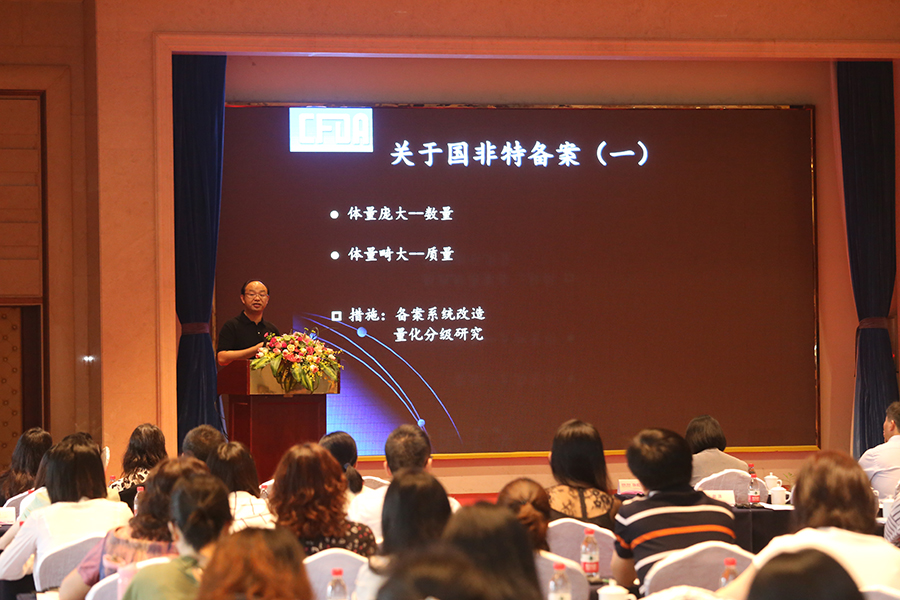
Mr. Liubin Qi, Director of Department of Drug and Cosmetic Registration, CNDA, State Administration for Market Regulation
Management trend of Chinese cosmetics and cosmetic ingredient in 2018
At the meeting, Mr. Qi gave a detailed interpretation of the latest regulations, including the consideration of record-keeping of domestic non-special use cosmetics, the prohibited words of cosmetics, the upgrading of record-keeping system for domestic non-special use cosmetics, the classification of cosmetics and the efficacy claim. In face of the development prospect and current situation of the cosmetics market, he said that the country has been thinking about how to improve the quality of cosmetics while pursuing the number of records, how to establish more effective, fair and reasonable supervision platform to strengthen the main responsibility of cosmetics enterprises and the post-market supervision system. In addition, Mr. Qi explained the background and implementation measures of the recently released consultation documents such as the classification standards and efficacy claims of cosmetics in detail to help to standardize the development of the cosmetics industry. Moreover he also clarified that all lists of banned words in cosmetics published on the Internet are now unofficial.
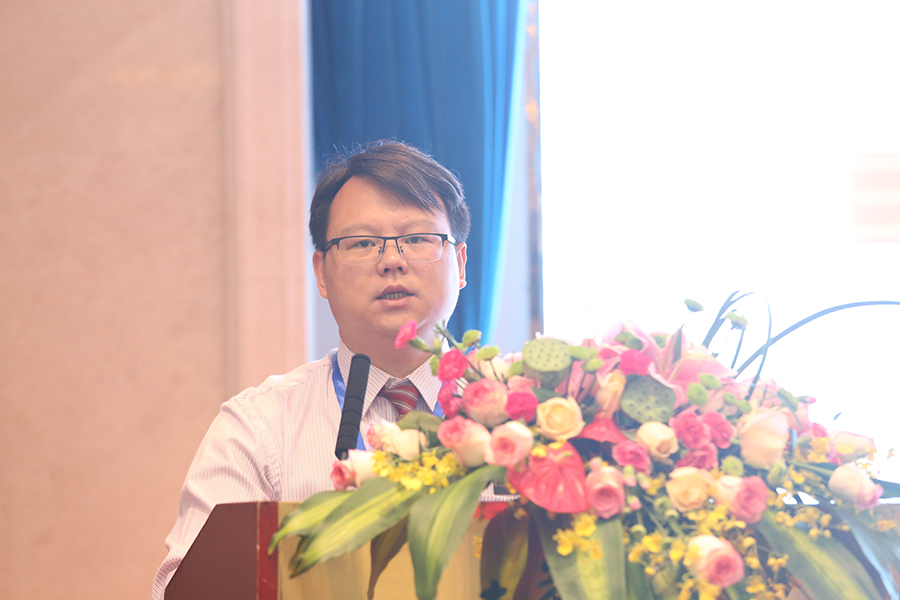
Mr. Zhigang Wu, Vice Director of Food Safety Supervision Department, Hangzhou Customs
Supervision of Chinese imported & exported cosmetics
The China's import and export cosmetic regulations and inspection and quarantine requirements are introduced in detail by Mr. Wu, topics included import and export cosmetics management summary, inspection and quarantine law basis, import and export cosmetics management system, import and export cosmetics inspection procedures and requirements. According to statistics reports, since 2009, China's import and export of cosmetics trade has been growing rapidly, with an annual growth rate of over 20%. In 2017, the import of cosmetics from 96 countries and regions amounted to $5.51 billion, up to 21.4% of year-on-year growth rate. Cosmetics exported to 177 countries and regions amounted $4.19 billion, up to 2.2% of year-on-year growth rate. The main import countries are European Union, South Korea, Japan, the United States, Taiwan and other regions; the main export countries are the United States, European Union, Hong Kong, ASEAN, Russia and other regions. He thinks, with the gradual development of economic globalization, cosmetics are becoming indispensable products used in daily life. And with the advent of new production technology and function, cosmetics safety problem is getting more and more attention. It needs our full participation to strengthen international cooperation and to work together for the progress of the cosmetics industry.
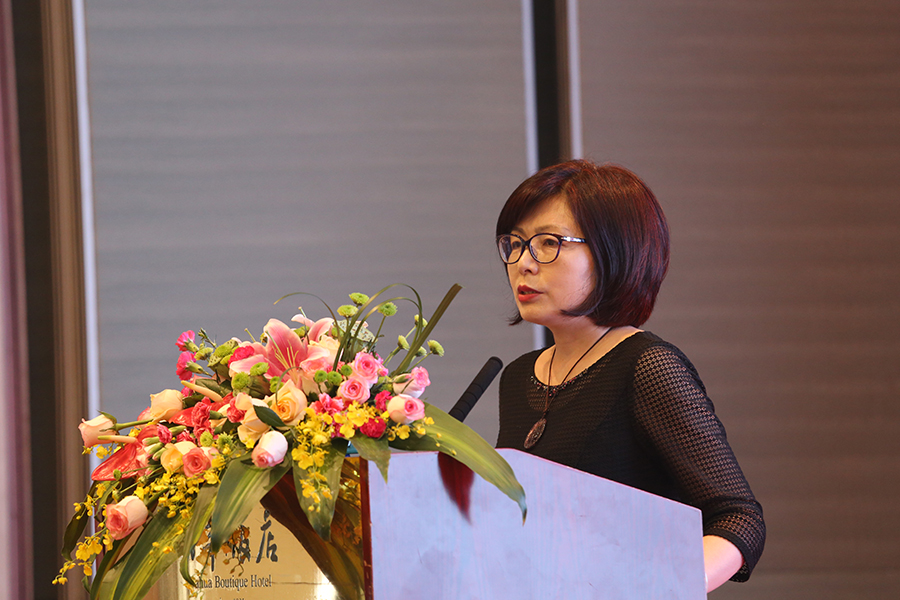
Ms. Juxiang Zheng, Division Chief, Zhejiang Food and Drug Administration
Record-keeping requirements of imported non-special use cosmetics product in Zhejiang free trade area
On March 12, 2018, the former CFDA issued the Notice on Matters Related to the Implementation of Record-keeping of Imported Non-special Use Cosmetics in A Wider Range of Trials. The pilot free-trade zone of imported non-special use cosmetics was expanded. Zhejiang province, as one of the pilot free trade zones, took the action first. Therefore, Ms. Zheng was invited to introduce record-keeping requirements of imported non-special use cosmetics product in Zhejiang free trade area. It was indicated that the pilot work was targeting importation of non-special use cosmetics product via China (Zhejiang) free trade zone where the responsible person's registered address is also in China (Zhejiang) free trade zone. It is required to have the actual operation or warehouse address of responsible person in Zhoushan city in order to facilitate supervision. In addition, the advantages of record-keeping and preferential policies in Zhejiang free trade zone were introduced in detail.
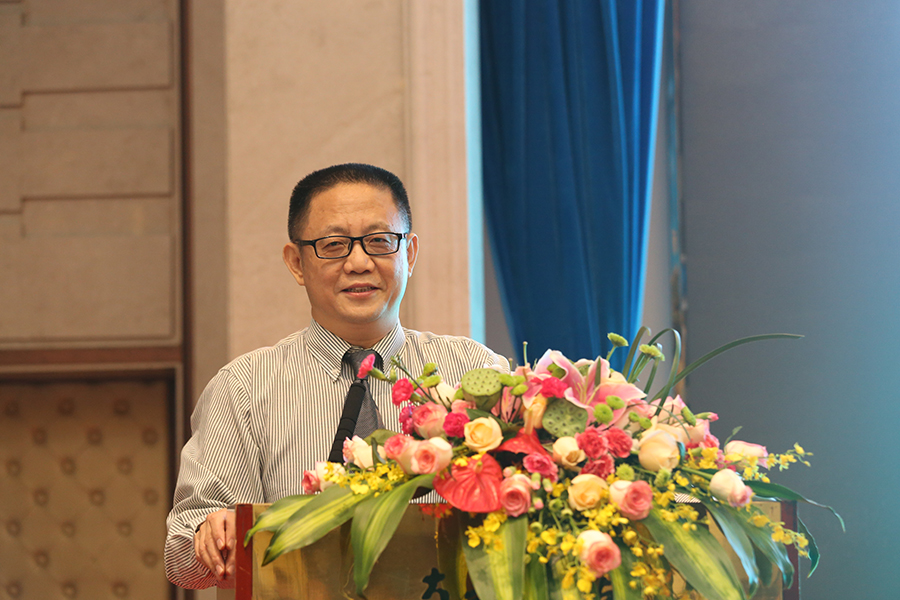
Mr. Liang Xu, Director of Beijing Daily-Use Chemicals Institute
Technical review requirements of imported non-special use cosmetic in free trade area
Mr. Xu indicated, from March 1, 2017 when the record-keeping of imported non-special use cosmetics product started in Pudong, Shanghai to March 16, 2018, more than 170 responsible people registered in the Pudong record-keeping system with record keeping of 1032 products. The complete pass rate was 53%, the second pass rate was 37%. Since March 12, 2018, the CFDA announced to apply pilot policies to 11 free trade zones, besides Shanghai Pudong area, another 10 free trade zones include Tianjin, Liaoning, Fujian, Henan, Hubei, Chongqing, Sichuan, Shaanxi, Guangdong and Zhejiang. Within 30 working days after record-keeping in free trade zone, filing documents should be checked by local FDA. Cosmetic manufacturers should make corresponding adjustment according to the feedback and opinions from the experts of CFDA. Mr. Xu introduced the content of technical review after record-keeping, including the detailed requirements of application form, nomenclature principle of cosmetics product name, product formula, quality and safety control, production process, safety and risk assessment and examples of some problems in the process of review.
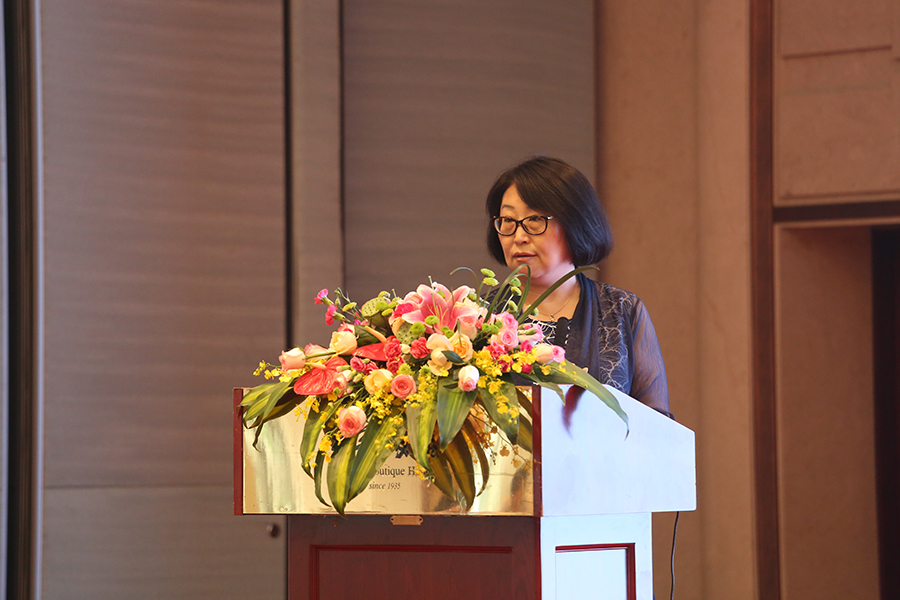
Ms. Hongwei Zhang, Director, National Institute of Environmental Health Chinese Center for Disease Control and Prevention
Technical review requirements of special use cosmetic in China
Compared with review format of imported non-special use cosmetics, the review format of imported special use cosmetics is the panel review and the review requirements are stricter. Ms. Zhang explained in detail the legal and technical basis, review procedure, main contents of technical review and some mistakes in documents. Scientific literature and report data of efficacy ingredients and the basis for their use should be submitted when registering hair grow, fitness and breast shaping products. Finally, some case studies for common problems appeared in registration dossiers were mentioned for reference.
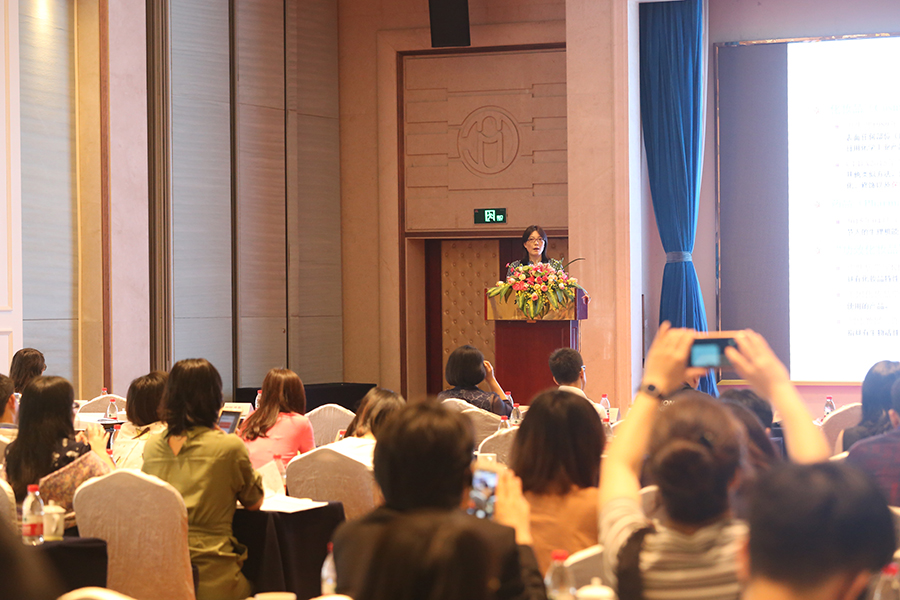
Ms Yimei Tan, Deputy Director of Skin and Cosmetic Laboratory, Shanghai Dermatology Hospital
Evaluation method on cosmetic efficacy
Ms. Tan clarified the different concepts of cosmetics, medicines and functional cosmetics very well. Functional cosmetics refer to cosmetics with bioactive ingredients that have an impact on skin barrier and health. This kind of product, which are now managed as special-use cosmetics, can prevent or assist the treatment of certain abnormal condition of skin. Besides sun protection and moisturizing products, there is hardly a systematic and complete technical guide for the efficacy evaluation of cosmetics in China. Therefore, in June 2018, the Legal Department of the State Drug Administration organized a legislative investigation on the Cosmetics Supervision and Administration Regulations. Article No. 44 indicates there should be sufficient scientific basis for the claim of the efficacy of cosmetics. Cosmetics manufacturers are responsible for the efficacy of cosmetics, which can be based on relevant literature or research data. Guidance on evaluation methods should be carried out to not only ensure the safety but also evaluate the efficacy of products if necessary. Besides efficacies that can be directly identified (such as beautifying, cleaning, perfuming, etc.), other efficacy claims including but not limited to suncreen, whitening, hair growth, breast shaping, fitness, deodorant, anti-wrinkle, anti-acne, oil control, anti-dandruff, repairing (skin and hair), moisturizing, shall be evaluated with proper methods. The evaluation methods include but are not limited to in vivo tests on both human and animals; animal tests; consumer research. Other verified methods developed by General Requirements for Testing and Calibration Laboratory Capacity are also acceptable. The unit giving stamp on the effect report should be a legal entity that has the ability to take the legal responsibility on its own, and the clinical evaluators of the special effects are the dermatologists.
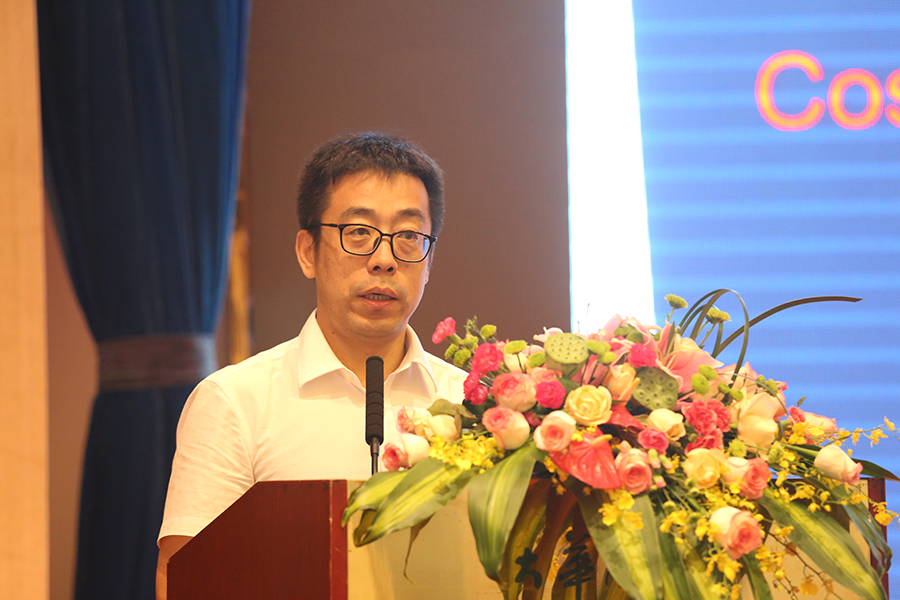
Mr. Shujun Cheng, Laboratory Chief, Guangdong Entry-Exit Inspection and Quarantine Technical Center
Alternative method to evaluate the consistency of efficacy on cosmetic ingredients
The EU's test ban on animals of cosmetics and the impact of REACH, and the subsequent rise in the number of countries listing alternative animal testing as a cosmetic regulation, have promoted regulatory recognition of alternative technologies. In vitro methods include alternative methods with regulatory approval and under standard test guidelines, non-biological testing methods for risk assessment and toxicity prediction, and a large number of diverse and personalized approaches. The list of alternative methods includes safety methods and efficacy methods, which can be basically used for toxicity prediction, toxicity classification and integrated assessment. Raw material screening, threshold value determination, formulation optimization cover the entire process of cosmetic quality and safety evaluation. The research and application of alternative technologies will drive the development of related disciplines and industries, and the pioneering application in the cosmetics industry will also promote the protection of consumers' rights and interests.

Mr. Gerald Renner, Director Technical Regulatory & International Affairs, Cosmetics Europe
Latest development of EU cosmetic regulation
Mr. Renner firstly introduced the regulation system of EU. Cosmetics on EU market must be evaluated for safety assessment and the legal and safety responsibility shall be taken by the responsible person (PR). Only the cosmetic products can be put into EU market based on having have specified RP. The RP must be EU entities, including legal persons and natural persons. The name and address of the RP must be marked on the product. Cosmetics record-keeping info in EU includes product category, product name, RP name and address, country of origin (for imported products only), country of sale, contact information if necessary, recognition and exposure of nanomaterials, identification of CMR (carcinogenicity, mutagenicity and reproductive toxicity) substances (category 1A and 1B), formula, original label (only once) and original packaging (only once). Cosmetics sold in the EU must have a Product Information File, including product safety information and evaluation. Since March 2013, the European Union has banned all animal testing. Mr. Gerald Renner also mentioned EU's raw material requirements, including REACH compliance and data requirements, which are mainly through the evaluation and review decisions of the Scientific Committee on Consumer Safety (SCCS).
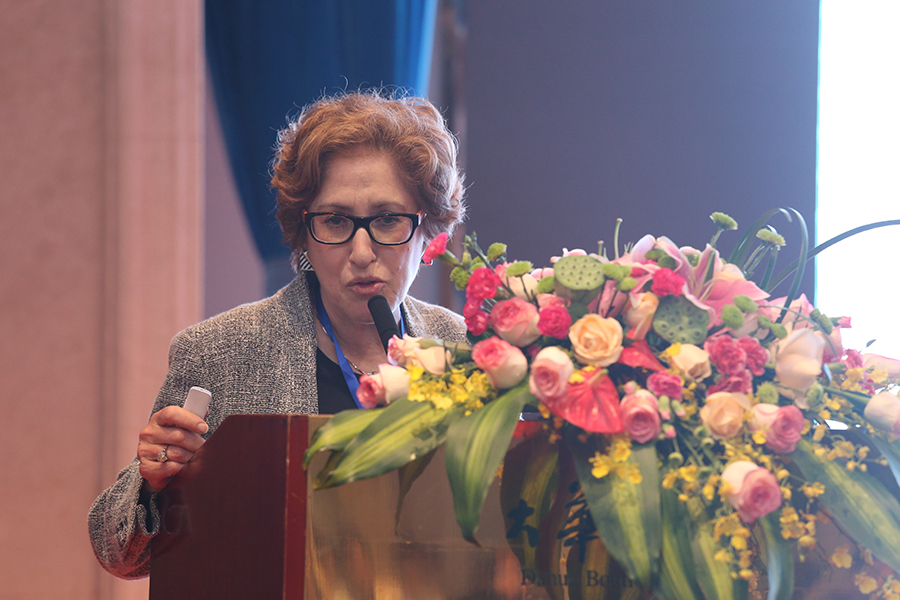
Ms. Sharon Blinkoff, Chair of Legal Committee, ICMAD
Cosmetic management regulation in the US
Ms Sharon Blinkoff, a regulatory expert at ICMAD in the United States, mainly introduced the FDA, the general administration of customs and the Federal Trade Commission's supervision measures on the import and export of cosmetics. She stressed that enterprises should balance the expression of products' advantages and compliance and take the consumer safety as the primary standard. She also mentioned that where or not the labels and trademark can be protected and used were supposed to be learned before importation, and because of the difference of jurisdiction, the use of the labels was different and governed by the patent and trademark office of the United States. In addition, the United States has very strict regulations on claiming of cosmetics and drugs, which must be differentiated and not to be confused. Relevant documents mush be provided for efficacy claims, which cannot be over-claimed. Otherwise, the violation of laws will face FDC lawsuits and hefty fines.
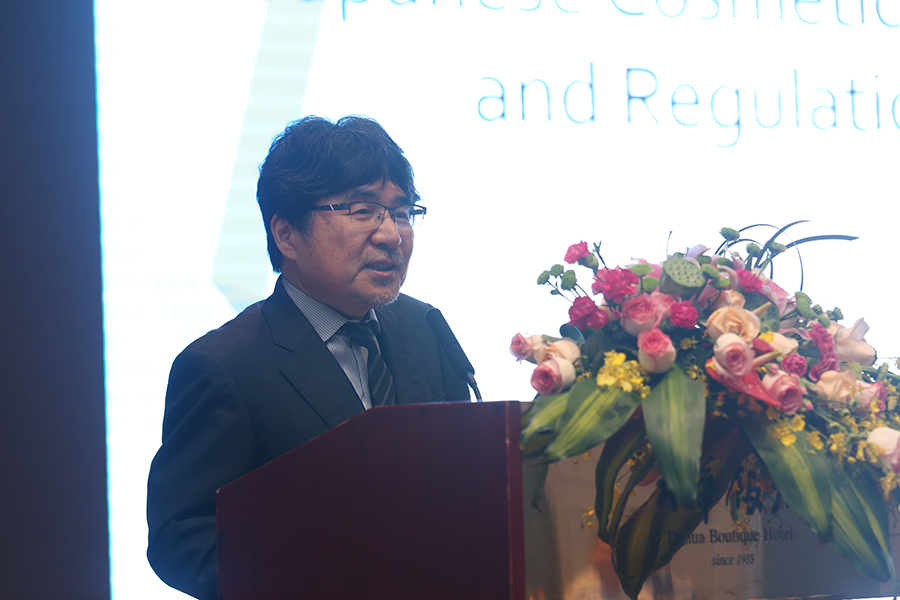
Dr. Masato Hatao, Director for Safety & Science, Japan Cosmetic Industry Association
How do you manage to launch quasi-drug & cosmetics in Japan
Mr. Masato Hatao Shared the data of the cosmetics market in Japan as of 2017. After 2016, for the first time, Japan exported more cosmetics than it imported. The largest importer was France, followed by the United States. In Japan, the proportion of skin-care cosmetics is 48.5%. The Ministry of Health, Labor and Welfare of Japan has issued the list of "Available Claiming Words in Cosmetics" (56 items in total), which can only be used in accordance with this list. Mr. Masato Hatao also has a detailed introduction to the Japanese Quasi-drugs, which is 25% of the Japanese cosmetics production. Similar to China's special use cosmetics, including sunscreen, whitening, anti-dandruff shampoo, hair dye, hair growth. Cosmetics in Japan need to undergo very strict safety testing and technical review before they can be awarded the title of "Quasi-drugs" issued by the Ministry of Health, Labor and Welfare. As for the raw materials used in the production of pharmaceutical cosmetics, the Ministry of Health, Labour and Welfare issued the positive list. Enterprises can only use the raw materials in the list for the production. It is necessary to declare new materials before using new materials or expanding the scope of use.

Ms. Chloe Wang, Technical Manager of Cosmetics Regulatory Affairs from CIRS
Regulatory compliance on cosmetic raw materials in China
Ms. Wang analyzed the situation of new cosmetics raw materials passed by China competent authority in recent years, explained the progress of relevant laws and regulations on cosmetics in China, and gave a detailed explanation of the requirements and procedures for the application of new cosmetic ingredient in China. Combined with the experience in application of new cosmetic ingredient in recent years, she shared the common problems encountered in the application process.

Mr. Craig R. Weiss, Chair of Technical and Regulatory Committee, ICMAD
Management requirements on cosmetic raw materials in the US
Mr. Weiss shared with us the management requirements of cosmetic ingredients in the United States, detailing the regulations and safety reviews of cosmetic ingredients in the United States. In the United States, the safety evaluation of cosmetics raw materials is mainly conducted by CIR, while the import of cosmetics raw materials is subject to the requirements of American laws and regulations. The inspection of cosmetics raw materials requires detailed discussion according to the types and applications of raw materials, and reasonable clinical trials are required if necessary. Finally, he introduced the requirements for the production standard of cosmetics products.
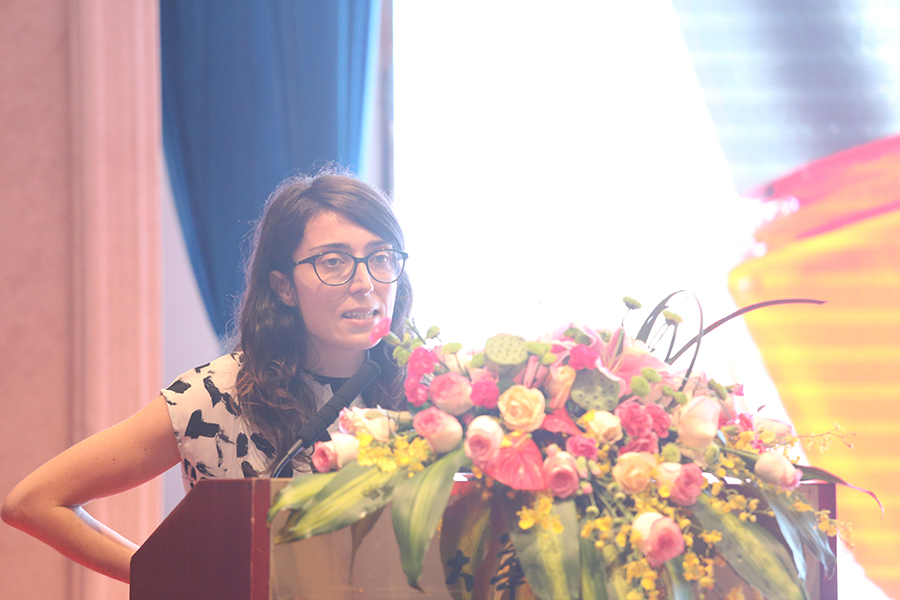
Ms. Helga Barrios, Senior Technical Project Manager, IFS Management GmbH
Introduction of IFS HPC standard
IFS, fully known as the International Food Standard, is a food supplier quality system auditing standard jointly formulated by the HDE - German retail consortium and the FCD - French retailers and wholesalers alliance. Ms. Barrios described in detail the establishment and certification procedures of the international standard (HPC) for home and body care products (retailers' brands). Doing certification before production and marketing can reduce compliance risks and production errors, improve quality reliability, and increase the competitive advantage of products. IFS Household and Personal Care Product Standard (IFS HPC) is suitable for cosmetics, household products and personal hygiene items, the certification process is divided into the first meeting, document review, on-site audit and end meeting.
The summit meeting was highly praised by guests and participating enterprises. As an exchange platform for cosmetics regulations and policies of various countries, the summit aims to achieve the safe and sustainable development of global cosmetics laws and regulations and provide enterprises with valuable information consultation.
If you have any other needs or questions, please feel free to contact us at service@cirs-group.com.
Free Webinar: Summary of Topics regarding Chinese Cosmetic Regulations in SCRA 2018
Free Webinar: Summary of Topics regarding International Cosmetic Regulations in SCRA 2018

